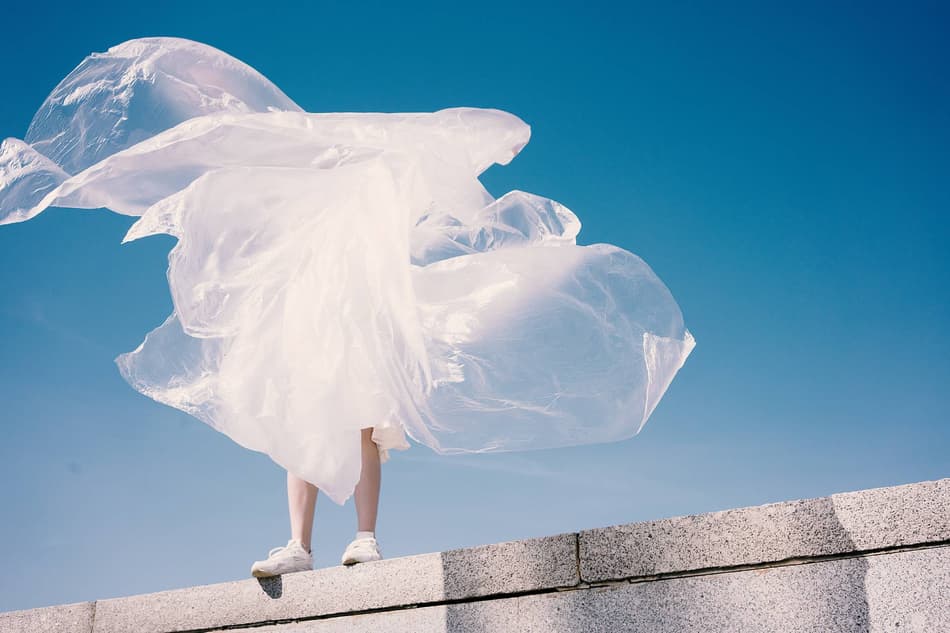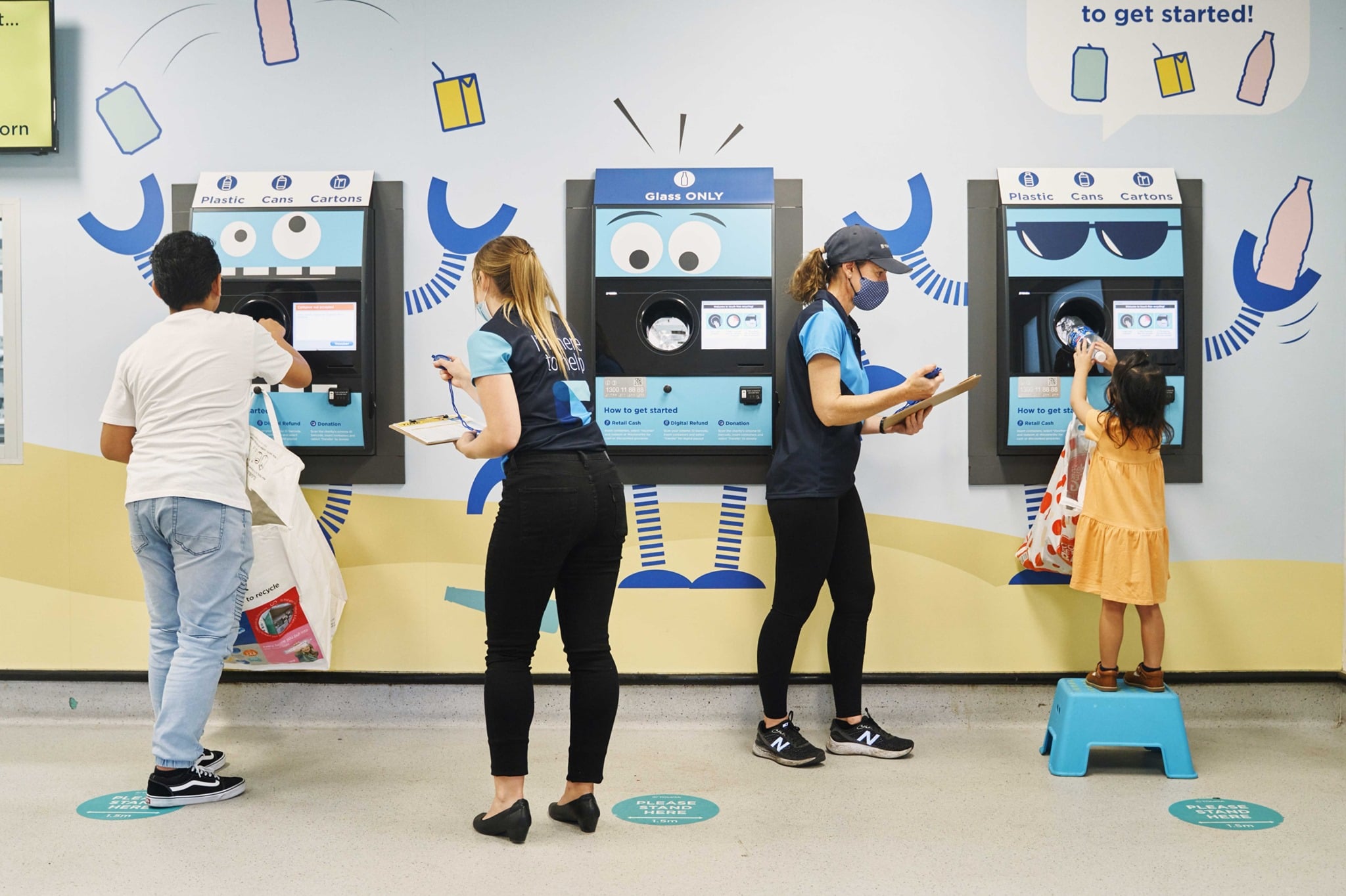The ups and downs of the MET Gala's "green carpet"

This year’s MET Gala is a prime example of how recycled materials can be repurposed into new and exciting forms. The entrance to the event was packed with artworks and other features made from plastic bottles, and many celebrities donned outfits made from recycled materials, including plastic bottles.
While this may seem like a win for sustainability, it's important to consider the downstream consequences of these choices. Recycling plastic bottles into clothing may seem like a step in the right direction, but it's actually a form of “downcycling.” Downcycling is the process of converting a material into something of lesser value or quality.
How does turning a plastic bottle into clothing have lesser value?
When plastic bottles are downcycled into clothing or other products, they can no longer be recycled back into new plastic bottles. Instead, the plastic they were made of continues down a cascade of value, potentially going on to become food containers, carpet fibers, insulation, or other low value items next. Eventually, the material reaches a point where it can no longer be recycled at all and must be disposed of in a landfill or incinerated. But it doesn’t have to be that way.
Louisa Hoyes, Director Strategic Partnerships for Textiles at TOMRA, explained that across the pond from the MET Gala, the expectations are clear.
The European Union’s strategy for sustainable textiles emphasizes the need to make old fibers into new fibers, and not plastic bottles into fibers.

Since the top priority in recycling is to keep materials as high up in their downcycling cascade as possible, the idea of using bottles to make clothing is out of step. Ideally, in a closed loop, materials can be recycled back into the same type of product over and over again. In fact, at TOMRA, we call the process of recycling plastic bottles back into plastic bottles, Clean Loop Recycling.
“All of the recycled bottles used for the Gala décor will be returned following the event to be re-recycled for future uses,” explained the Metropolitan Museum on Instagram. But recycled for which kinds of future uses?

With new technologies for recycling and closed-loop systems, we're redirecting textile waste from landfills and incineration back into new, recycled fibers. The shift from a linear take-make-waste economy to a circular textile revolution is gaining momentum.

So, we don’t need to use bottles to make clothing, we can use existing fibers for that instead and keep bottles becoming bottles again and again. But what can consumers do to make sure their recycling efforts are making a meaningful impact?
- If clothing says it’s made from recycled plastic bottles, that probably isn’t the best use of those materials. Consider another product!
- Look for terms like ocean-bound plastic, which is plastic that has already fallen outside the recycling system and represents an opportunity to put it to good use.
- To give bottles the best chance of becoming bottles again, keep them separated from other kinds of waste.
- Use a reverse vending machine, which separates materials and ensures they can be used in the most valuable ways in their next lifecycle.
Overall, understanding the downcycling cascade is an important step towards creating a more sustainable and circular economy. By prioritizing closed-loop recycling, such as bottle-to-bottle Clean Loop Recycling, and minimizing downcycling whenever possible, we can reduce waste, conserve resources, and create a more sustainable future.

